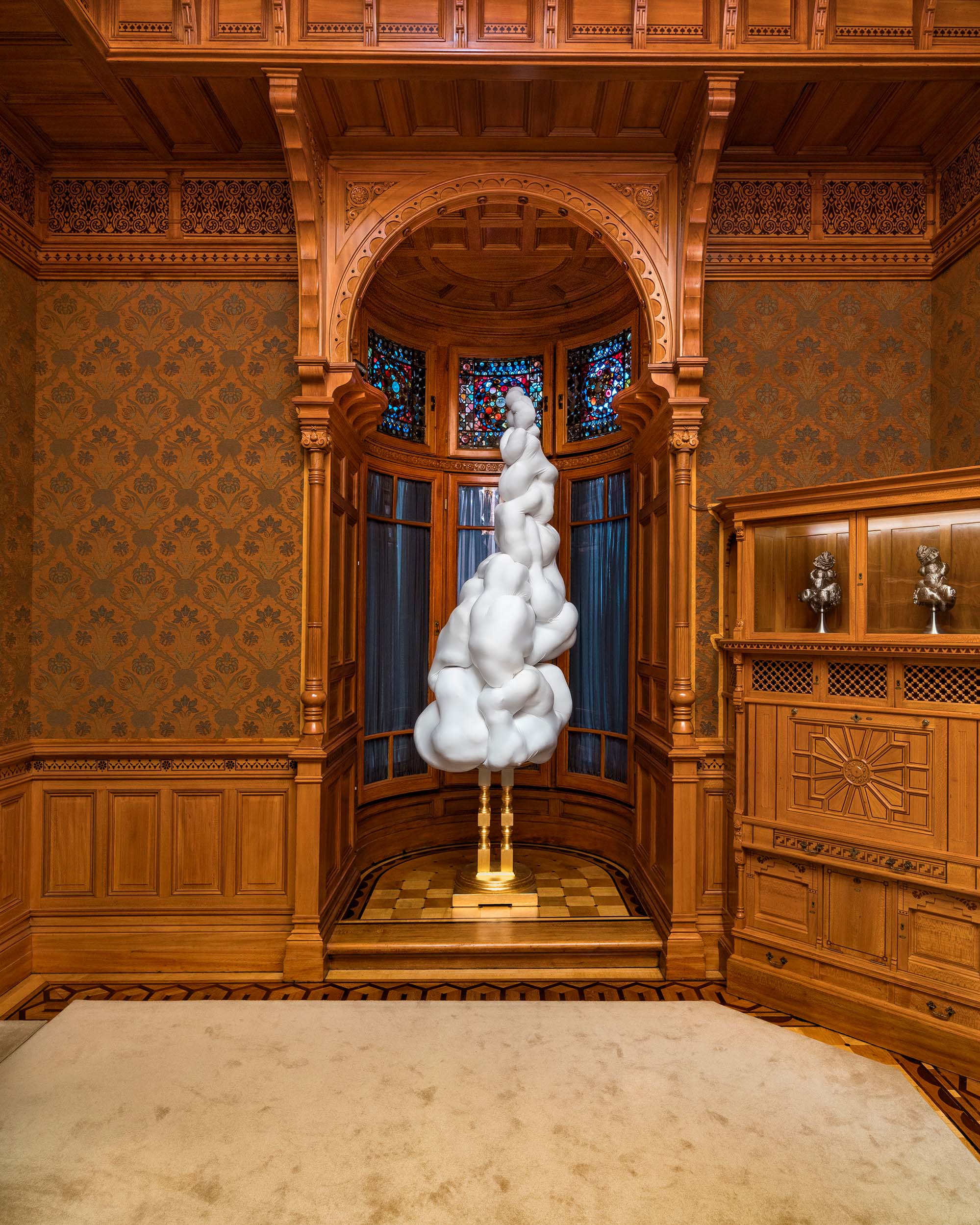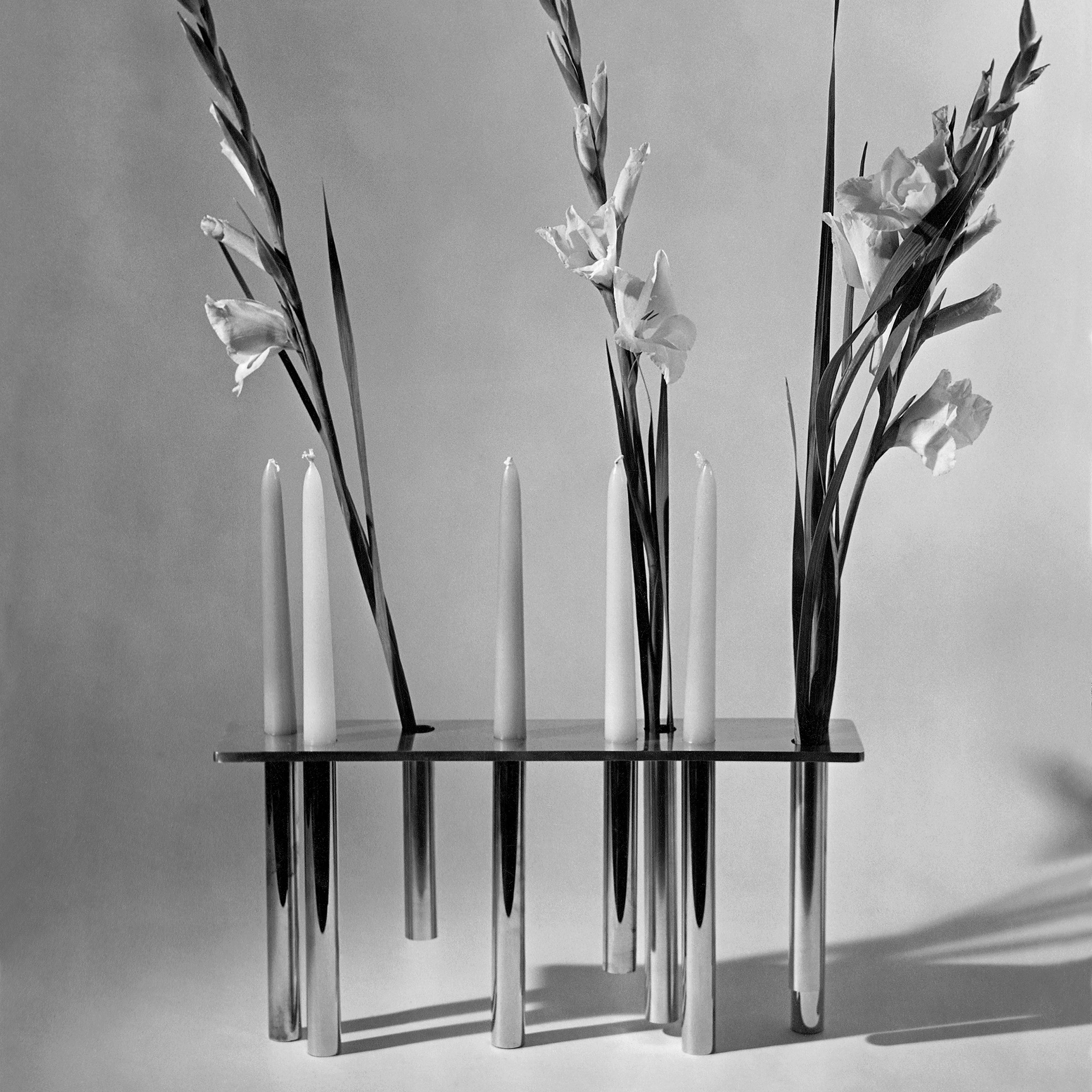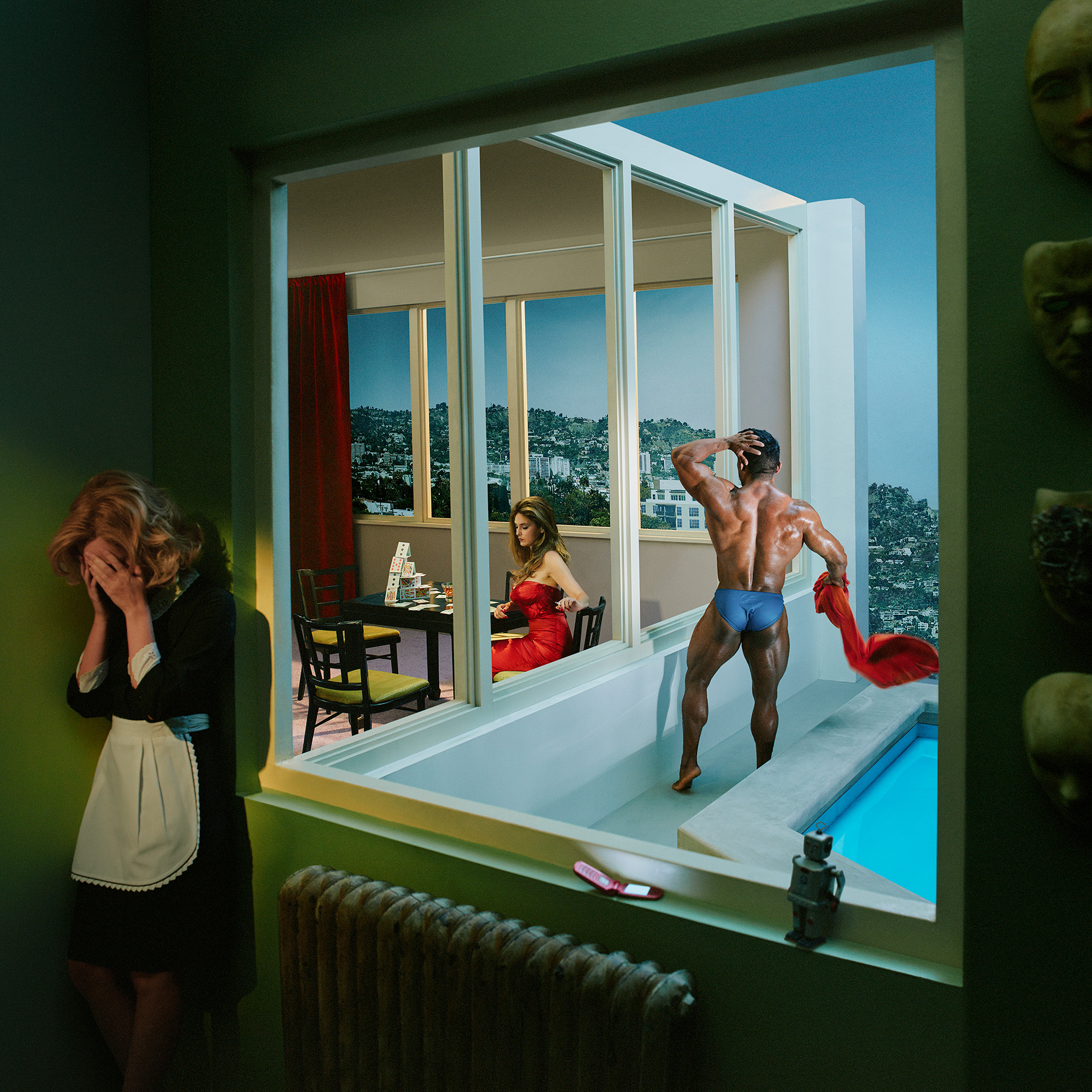Mark Your Calendars: The Grand Tourist 2026 Guide to Art and Design Fairs
A great design or art fair sets the tone for the year, defines the conversations, and points to where taste is headed. These are the fairs defining 2026. Save the dates.

Welcome to The Curator, a newsletter companion to The Grand Tourist with Dan Rubinstein podcast. Sign up to get added to the list. Have news to share? Reach us at hello@thegrandtourist.net.
Cambridge, “Pedro Gómez-Egaña: The Great Learning” (Opens Feb. 21)
Colombian-born visual artist Pedro Gómez-Egaña makes sculptures, immersive installations, and performances that highlight the changing subjectivity of time and space, particularly in modern culture. In his first Stateside museum exhibition, the artist takes inspiration from the architectural features and optical illusions of the Parthenon to investigate how architecture shapes our lives. A moving set resembles an apartment with shifting, duplicated walls. Gómez-Egaña invites the viewer to rethink how everyday objects and our domestic spaces hold influence over us. listart.mit.edu
Chicago, “A Tale of Today: Materialities” (Until Apr. 27)
The Driehaus Museum of 19th-century art, architecture, and design is housed in the former home of Chicago banker Samuel Nickerson. After its construction in 1883, the house was the most expensive residence in the city. Signs of Gilded Age America remain in the onyx, exotic wood, stained glass, and 17 types of marble that decorate the interior. For the museum’s largest contemporary exhibition, 14 artists were asked to take inspiration from within the museum, responding to materials such as the long-gone taxidermy that used to decorate the house, the delicacy of the stained-glass windows, and the significance behind Nickerson’s early adoption of the lightbulb. driehausmuseum.org
Madison, “The Crafted World of Wharton Esherick” (Until May 18)
A solitary painter, Wharton Esherick settled down in the woods northeast of Philadelphia in 1913. He soon started carving simple frames for his paintings, slowly discovering an affinity for woodworking that would eventually become his lifelong dedication. For the next 55 years, Esherick sculpted wood, still considered a plain craft medium, into elegant and one-of-a-kind furniture that included curved tables, twisted staircases, and a dovetail fireplace. After the designer’s death in 1970, his studio and home were converted into a museum holding almost 3,000 of his works. The secluded museum is visited mostly by those who know where to look, meaning this exhibition at the University of Wisconsin—Madison’s Chazen Museum of Art brings a selection of groundbreaking pieces to a new crowd. chazen.wisc.edu
New York, “A Century of The New Yorker” (Opens Feb. 22)
In 1925, husband and wife Harold Ross and Jane Grant published the first issue of The New Yorker, envisioning a publication of “gaiety, wit, and satire.” The beloved weekly magazine turns 100 years old this month. In honor of the occasion, the New York Public Library digs through the archives—a monumental collection of over 2,500 boxes—to remember the people, stories, and ideas that have shaped the magazine. With the typewriters used by editor William Shawn and writer Lillian Ross, manuscripts, founding documents, letters from J.D. Salinger, photographs, and, of course, past cartoons, this exhibition is full of journalistic treasures. nypl.org
Providence, “Julien Creuzet: Attila cataract your source at the feet of the green peaks will end up in the great sea blue abyss we drowned in the tidal tears of the moon” (Opens Feb. 20)
At last year’s 60th Venice Biennale, France was represented by Julien Creuzet, the first French-Caribbean artist and one of the youngest to do so. Raised in Martinique and living in Paris, Creuzet explores diaspora and confronts French colonial history across sculpture, video, music, and poetry (unconventionally, he names his shows with lines of poetry). The work is rich with color, noise, and even scent. For the French Pavilion, Creuzet crafted a sensory experience with spools of thread, beads, and wiry silhouettes dripping from the ceiling. Creuzet reimagines this exhibition for Brown University’s contemporary art gallery with 17 artworks, including six massive steel sculptures, video animations, and songs that contemplate the theme of water in the history of both the transatlantic slave trade and colonialism. bell.brown.edu

A great design or art fair sets the tone for the year, defines the conversations, and points to where taste is headed. These are the fairs defining 2026. Save the dates.

We assembled our favorite design objects for the people on your list that have everything, including taste.

We checked in with our former podcast guests who will be inching through Miami traffic, unveiling new works, signing books and revealing new projects this year.